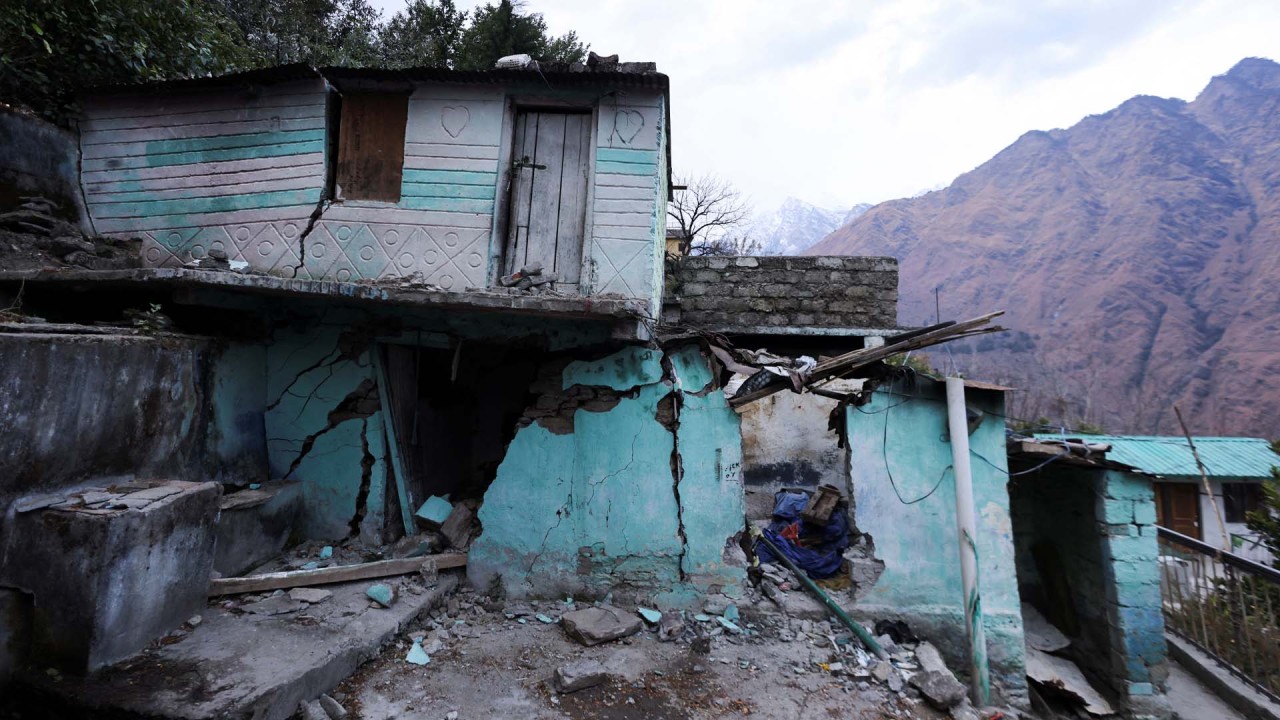
China-India border dispute: neighbours vow to ‘speed up’ progress as defence chiefs prepare to meet
- Frontline officers exchanged views ‘in an open and candid manner’ over the western part of the Line of Actual Control at commander-level meeting
- General Li Shangfu is expected in New Delhi this week in first visit by a Chinese defence minister since deadly Galwan Valley skirmish
The two sides have also pledged to keep communication open on the issue.
The dispute in the border’s western sector is concentrated on Aksai Chin, an area in the Himalayas controlled by China but claimed by India as part of its Ladakh region.
“The two sides agreed to stay in close contact and maintain dialogue through military and diplomatic channels, and work out a mutually acceptable resolution of the remaining issues at the earliest,” said the statement from India’s Ministry of External Affairs, which was almost identical to the statement from Beijing.
China’s moves to assert control on border risk further tensions with India
The statements said the talks regarding the dispute in the line’s western sector were frank and in-depth and were aimed at restoring peace and tranquillity along the border, but they did not specify the issues discussed.
China and India agreed to maintain security and stability along the disputed border as discussions continued.
Jaishankar said on Twitter their discussion had been focused on addressing challenges to the bilateral relationship, “especially peace and tranquillity in the border areas”.
The last round of commander-level talks was held in December, days after troops clashed in the eastern sector of the Line of Actual Control. The negotiations, focused on disputes over the western part of the border, have been held since May 2020.
US supersonic bombers to make appearance in drill near China-India border
India and China have never agreed on their boundary. British India did not demarcate the limits of Ladakh because it was unexplored and too remote. Since becoming independent in 1947, India has adopted a boundary that puts Aksai Chin as its territory.
China and India went into a month-long war in 1962 over the border dispute after Chinese troops built a road across Aksai Chin. The People’s Liberation Army also regularly patrolled along the boundary it recognised, which put Aksai Chin within China. The war ended with the Line of Actual Control as the de facto border.



